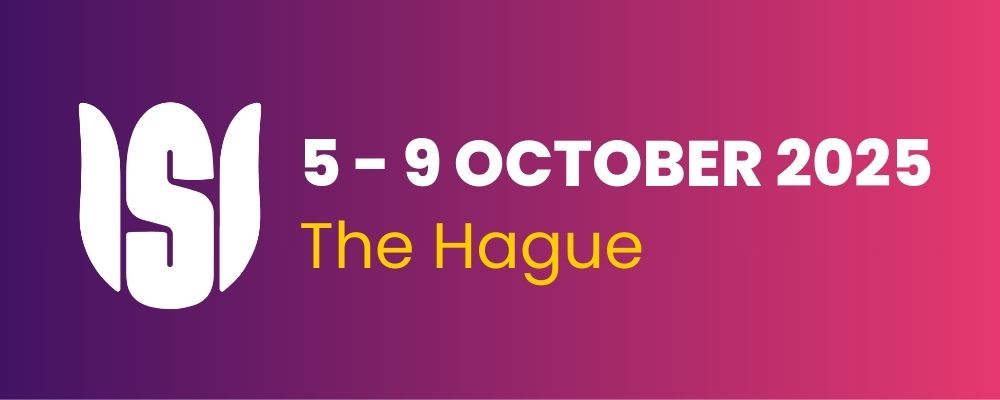GARCH, GAS, SV, and MSGARCH models: Do we really need all of them for forecasting daily volatility?
Conference
65th ISI World Statistics Congress
Format: SIPS Abstract - WSC 2025
Session: SIPS 1170 - IBS Young Ambassadors Award
Tuesday 7 October 9:20 a.m. - 10:30 a.m. (Europe/Amsterdam)
Abstract
Forecasting volatility plays a crucial role in a wide range of applications across economics, finance, insurance, energy, and environmental management, to quote only a few. Traditional models such as GARCH, Stochastic Volatility (SV), Markov-Switching GARCH (MSGARCH), and the more recent Generalised Autoregressive Score (GAS) have been widely used in several empirical applications for this purpose. However, little effort has been devoted to understanding the results of comparative studies—whether they favour one model over others or show no clear preference. In this paper, we address this gap in the literature by systematically evaluating the forecasting performance of these models in controlled environments using Monte Carlo experiments, as well as empirical data. Our results indicate that, as expected, when the forecasting model coincides with the data-generating process, it achieves the highest predictive accuracy. However, especially in cases where the sample size of the estimation period is small, competing models may still perform competitively. Furthermore, under additive outliers, GAS and SV models with Student-t innovations consistently outperform their counterparts, even under misspecification. Additionally, in the presence of structural breaks, the MSGARCH model emerges as a competitive option when the sample size is sufficiently large. These findings reinforce existing empirical evidence supporting the practical relevance of GAS models in volatility forecasting, highlight the importance of SV models in empirical applications, and raise caution regarding the use of MSGARCH models with small sample sizes.

